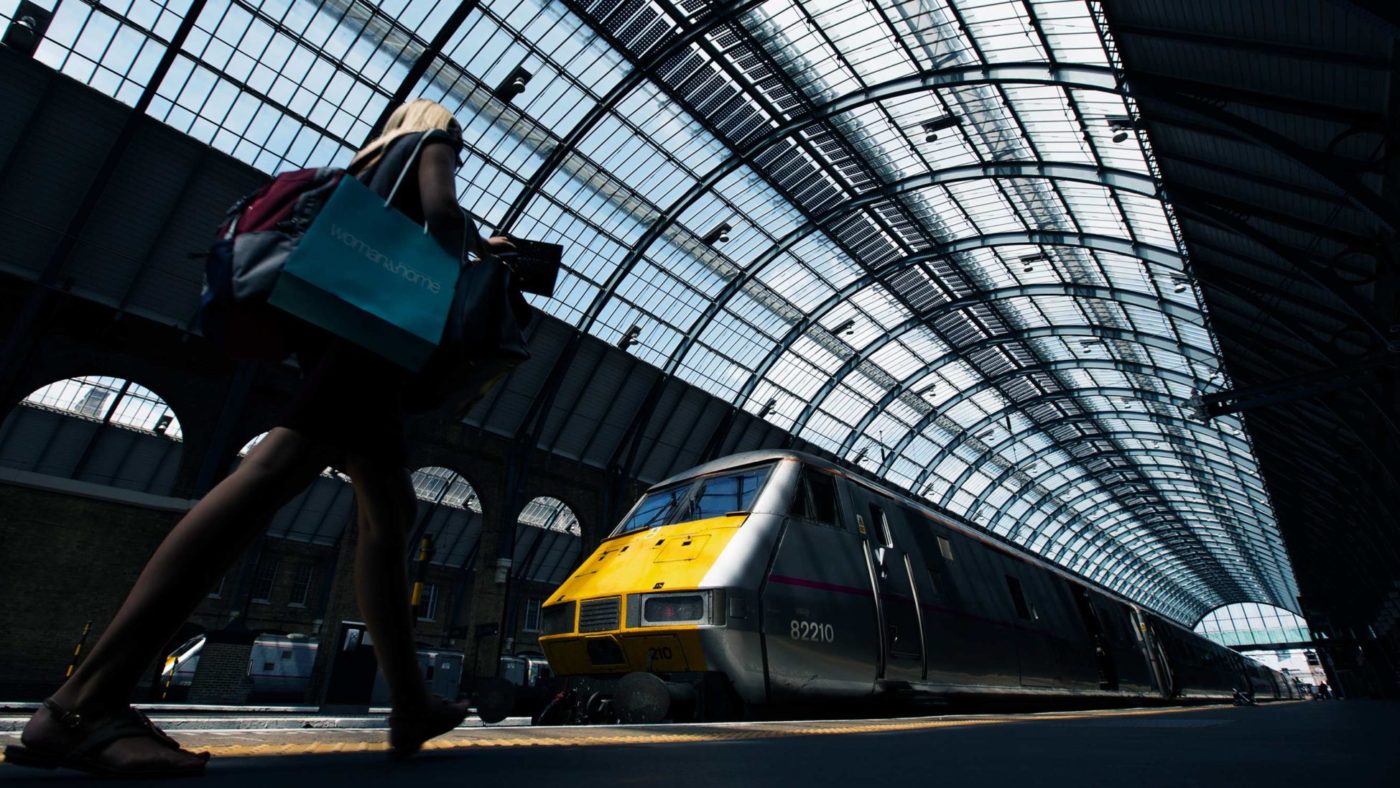Bringing a rail franchise into public ownership is not a good look for a Conservative Transport Secretary.
Mick Whelan, leader of the Aslef trade union, said: “This is the third time in 10 years that a private company has mucked up the east coast main line. In contrast, when it was run in the public sector, it returned £1bn to the Treasury.
“That shows what we have been saying all along — that Britain’s railways should be run, successfully, as a public service, not for private profit. Because they can’t do it.”
In an essay arguing that neoliberalism doesn’t work because private companies charge too much (and also too little) to run public services, Owen Jones makes a similar point:
“The service was last renationalised in 2009 and, much to the embarrassment of neoliberal fanatics, proved a success story: it brought the exchequer hundreds of millions of pounds, was the most efficient franchise, and had the best passenger satisfaction of any long-distance franchise…
“The entire rail system, not just East Coast, should be nationalised: but the Tories’ neoliberal dogma is at war with common sense, and they will flog the franchise off to another disastrous gang of profiteers as early as they can.”
On the face of it, it sounds like they have a solid case for renationalisation. It is indeed true that the publicly-owned Directly Operated Railways (DOR), which took over the East Coast franchise, was well-run, turned a profit, and was popular with the general public. But, as usual, the reality is more complex than Jones or Whelan give it credit. Their opportunistic criticisms are mistaken. Stagecoach’s failure on the East Coast mainline doesn’t bolster the case for wholesale renationalisation.
It is worth pointing out that Michael Holden, the man who ran DOR, believes that ending privatisation would be a disaster for the rail network.
What worked for DOR simply isn’t scalable. They were efficient, as Michael Holden argues in Rail Magazine, “because we ran it as far as possible as if it was in the private sector.” DOR was able to benchmark themselves against other efficient private franchises. Under a fully nationalised system that benchmark simply wouldn’t exist.
It also begs the question: what’s the point of nationalisation? Why nationalise our rail network if you’re going to run it the same way as before?
Would-be nationalisers then shift tact. They argue that instead of big profits flowing to shareholders they would flow back to the Treasury to be spent on public services. Again, on face value, it’s a plausible argument. Why not cut out the middleman and pocket the difference?
But again, it doesn’t add up. Operating margins are tight (just 3 per cent). It’s true that DOR returned around £1bn to the taxpayer, but that wasn’t as much as National Express had promised in franchise payments. Indeed, in its first full year of operation Virgin Trains East Coast (VTEC) paid in £204m with payments sharply rising in the following years. The problem is that Stagecoach and Virgin Trains East Coast over-promised. They planned to pay £3.3bn in premium payments to the Treasury over the eight-year franchise.
Nationalisation would only make sense from a fiscal-saving perspective if we were handing over the tracks for free. We’re not. Expectations about profitability are factored in when firms bid for the franchise.
Supporters of nationalisation also point to DOR’s high customer satisfaction ratings and passenger growth. But nationalisation doesn’t deserve the credit. As I already mentioned, DOR was run as if it were a private franchise.
There’s another explanation for why DOR delivered on customer satisfaction: competition. The East Coast Mainline is not like other lines. DOR (and later VTEC) faced direct competition from Hull Trains (since 2000) and Grand Central (since 2007). As Adrian Quine argued in his recent Adam Smith Institute report, competitive pressures keep fares down and force the franchised operator to innovate (or imitate) to deliver better customer service. Grand Central and Hull Trains both led the way in the adoption of free onboard 4G wifi. Currently, Grand Central and Hull Trains tops the customer satisfaction league tables with VTEC leading the way amongst franchised operators.
The real lesson from the East Coast Mainline is not that we need more central government control, but rather that we need to extend the benefits of competition to other lines. A good first start for Chris Grayling would be to implement the CMA’s recommendations for increasing on-track competition by allowing more open access operators to compete while ensuring a level playing field.
As ever, nationalisation is a solution in search of a problem.


